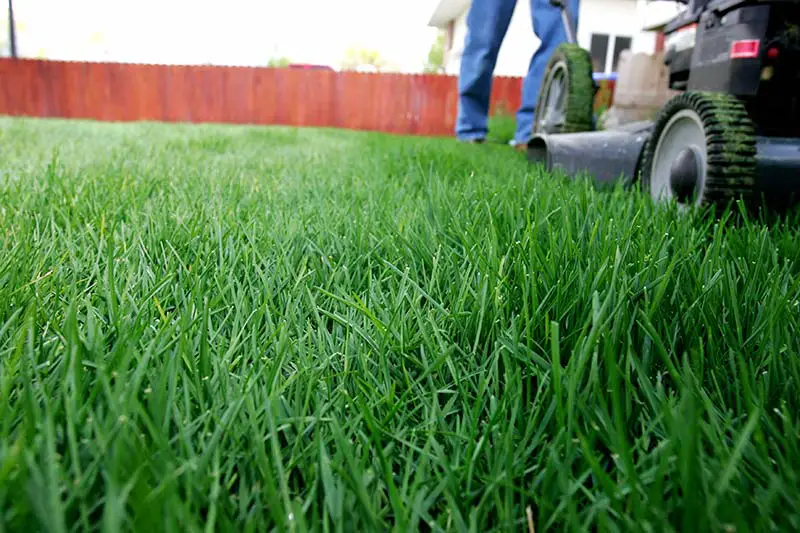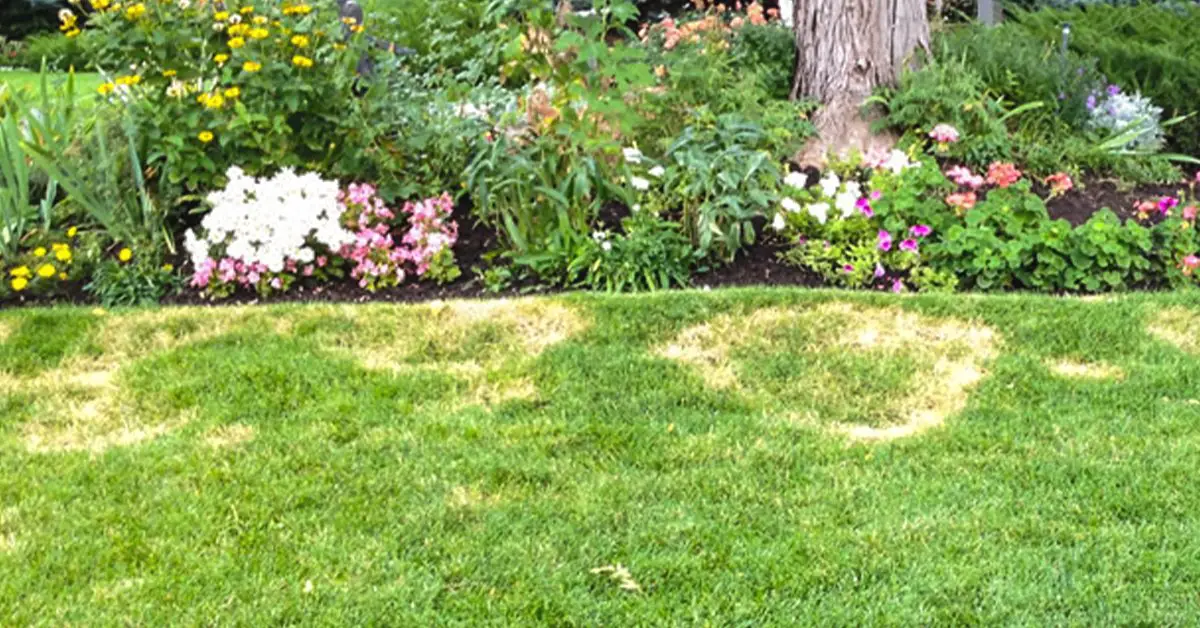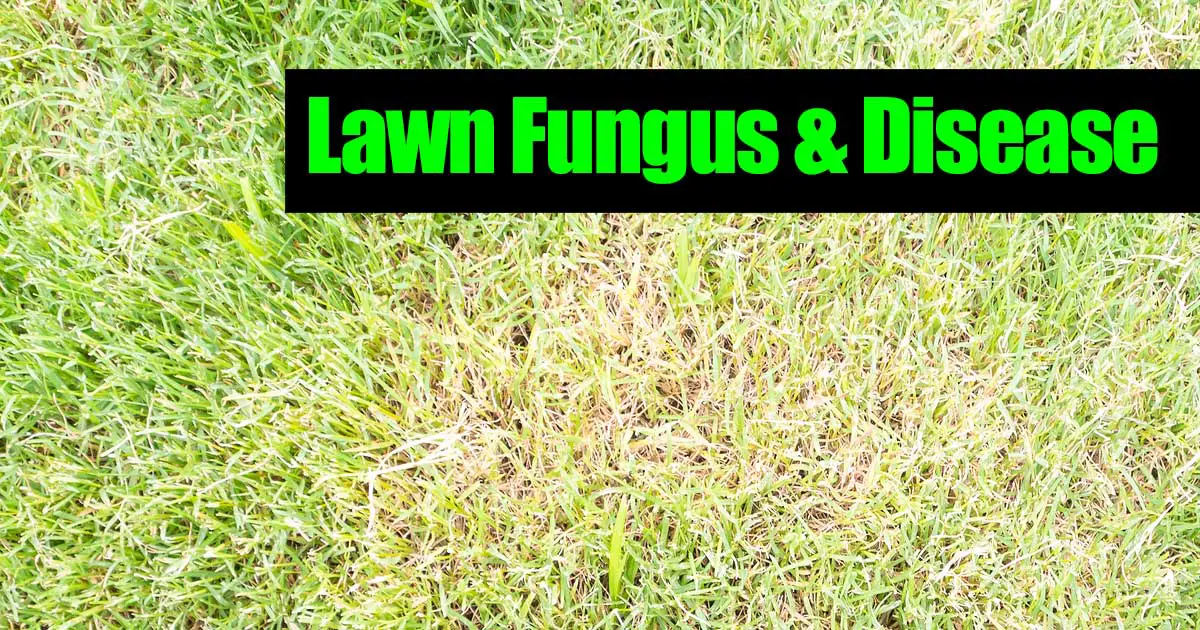Can I Get Rid Of Weeds In A Lawn Naturally
Yes! But it may take more time and effort. Spraying vinegar directly on weeds is a natural way to get rid of them. It dries out the plant leaves and kills whats above the ground.
Also, pick vinegar that contains more than the standard 5 percent acetic acid. Head to a home improvement store instead of the supermarket to find vinegar with 10 to 20 percent acetic acid.
If you spray that, you can kill 80 to 100 percent of weeds top growth, found USDA research.
This method works best for a few weeds spread throughout the lawn. For larger spreads, its best to go with a safe, effective herbicide.
Groom The Grass At The Beginning Of The Season
Dont be surprised if your grass looks sad and worn down when the snow clears. The winter is a harsh challenge for any lawn. In the early spring, lightly rake the lawn to help perk up the turf ahead of the growing season. As soon as the soil dries out a bit, carefully clear away leaves and dead grass using a regular leaf rake. This will break up any matted areas and improve airflow the surface of the blades.
Wait to begin raking until the ground has dried out and firmed up in the spring. If the soil is muddy, you risk damaging the grass by walking and working on it. Also remember to be gentle. The old grass and new growth are fragile, plus moist soil makes it easier to pull the blades out of the ground.
Other Spring Lawn Tasks
- Aeration: is best done during your lawns peak growing season. For warm-season grasses, this means early to mid-summer. For cool-season grasses, aeration is best saved for fall but can be repeated in spring if the soil is extremely compacted. Wait until your lawn has been mowed 2-3 times in the season, so youll be sure it is growing fast enough to recover from the aeration.
- Dethatching: also best done during peak growing season, right before aerating.
- Mowing: Begin mowing as soon as your lawn needs it grass blades do best when you cut no more than a third of the blades length at a time.
- Watering: Once your grass starts growing, youll need to make sure your lawn gets at least 1 of water per week. Until then, you can water less frequently but remember that cold air is very drying to plants and lawns.
- Insect control: Spring is a good time to address problems with fire ants. Many other insects, such as grubs and mole crickets, may also cause damage to your lawn in spring but are more effectively controlled later in the summer.
- Lawn Equipment: Sharpen the blade and tune up your lawn mower, as well as other lawn equipment, to make summer mowing a breeze!
Recommended Reading: How Do Wild Violets Spread
Can I Treat For Grubs In The Spring
grubs in the spring
Grubs burrow deep into the soil and rest through the winter. Some move as much as 12 inches below the surface. Come March, lawns already under attack by grubs are best treated in early spring or fall. Apply Bayer Advanced 24 Hour Grub Killer Plus for fast results.
Likewise, how long does it take for lawn grubs to die? It will take 10-14 days for the grubs to begin to die after the insecticide is applied.
In this way, can I treat for grubs in October?
There are curative grub control products that can be applied to the turf at this time that will control the grubs in as little time as one to three days. Without active grub feeding in turf, most predators do not detect grubs in the turf and they look elsewhere for their meals.
Will grubs kill my garden?
Grub worms are Japanese Beetle larvae, or the babies of those beetles. Unlike earthworms that fertilize your soil to make your plants and flowers healthy, grub worms ruin them by munching on the roots of your plants, flowers, and grass in your lawn or garden.
Fertilizing In The Spring

If you properly fertilized your lawn in the fall, there is probably no need to apply another layer of fertilizer in the spring. Cool season grasses in particular are good at holding on to fertilizer from the fall and using it all winter.
There is a good chance that your cool season grass is still utilizing the fertilizer from the fall throughout the spring and into the summer. Warm season grasses may need a fresh layer of fertilizer during the spring because they begin to soak up the nutrients as soon as the weather gets warmer.
Read Also: Can You Hydroseed Over An Existing Lawn
What Is Thatch And How Do I Dethatch My Lawn
The layer of dead grass between the soil and the green grass of your lawn is called thatch. A little thatch can be good because it helps fertilize your grass, but too much of it can suffocate the healthy, green grass layer above. If you have more than half an inch of thatch in your lawn, you may want to remove the excess by dethatching.
To dethatch your lawn, use a sturdy rake to gently remove the extra thatch. Wait to dethatch until the soil under your lawn has thawed out from winter weatherusually from mid-March to mid-April in Utah. By dethatching too early, you may tear out healthy grass and soil and;expose the grass to diseases. A good alternative to traditional dethatching methods is to use an aeration machine to help remove excess thatch from your lawn.
Common Lawn Weeds And How To Get Rid Of Them
Even the best-tended lawns come under attack from common weeds. Weed seeds float in on the wind, creeping weeds claim more territory, and weeds you thought you pulled quietly continue to grow. How well your lawn copes with the onslaught depends on the weeds involved, the response you choose and your lawns overall health. Understanding common lawn weeds and the options available to fight them can help you successfully combat the invasion.
To help simplify weed defense, weve charted 10 common lawn weeds, including their characteristics, type and how they spread, and most importantly- how to eliminate them. Weeds, like ornamental garden plants, can be annuals or perennials. Annual weeds, such as crabgrass, complete their entire life cycle in a single growing season, and then die, leaving seeds behind to continue the legacy. Perennial weeds, such as dandelions, come back year after year from their roots, and distribute new seeds to boot. Weeds can also be grass-like, broadleaf or sedge. Choosing the right weed control product requires understanding the weed you want to fight and its stage of growth. Pre-emergent weed controls, sometime called preventers, work to keep weed seeds from germinating and developing. Post-emergent weed controls fight weeds that have already germinated and emerged from the soil.
You May Like: Murray Lawn Mower Serial Number
Dont Wait Too Long To Mow The Lawn
Finally, it may seem early, but in most parts of Pennsylvania, grass will be ready for its first trim sometime in April. We recommend that grass be mowed once it reaches about 3 inches in height. By mowing the new green blades when they get to this point, you will prevent the grass from getting overgrown and stimulate continual growth.
Keep The Yard Clear Throughout The Winter
As youre wrapping up yardwork in the fall, be sure not to leave anything behind. Rake away all the leaves and put away sprinklers, hoses, garden furniture, yard toys and decorations. If something is left on the surface, the grass will get matted down during the winter months. With the added moisture of rain and snow, this can also make the perfect environment for pests and mold to sneak in and damage the turf or kill it.
Recommended Reading: How To Kill Creeping Charlie In Lawn
How To Care For Spring Lawns
With a few spring lawn care tips, you can have the yard youve always dreamed of.
Watering Dont be tempted to water your lawn in early spring. Wait until the grass shows signs of wilt, which may not happen until late spring or early summer or maybe even later. Watering too early only encourages shallow root growth, which will be unable to withstand hot, dry summer weather and may result in a brown, dry lawn by picnic season. When you start watering, water deeply then let the grass wilt slightly before watering again. Typically, about an inch of water per week is enough.
Fertilizing Similarly, spring isnt a good time for fertilizing the lawn because the tender, new growth is likely to be scorched when the weather turns hot in summer. This is especially important if you live in a climate affected by drought. If your lawn isnt healthy, you can apply a light application of a balanced slow-released lawn fertilizer, but withhold heavier fertilization until autumn. The exception is if your lawn consists of St. Augustine or another warm season grass. If this is the case, fertilize as soon as the grass greens up and shows active growth in mid to late spring.
Aerating If your lawn needs aeration, which involves poking small holes in the lawn so water, nutrients, and air can reach the roots, midspring is a good time. However, wait until fall to remove thatch.
When Should I Start Fertilizing My Lawn In Spring
Start fertilizing your lawn in early spring after the snow melts . Granular fertilizer should be applied earlier so it has time to break down. Because granular fertilizer takes longer to break down, be sure to water well after using a granular fertilizer to help it soak in.
In contrast, liquid fertilizer can be applied a little later because it works faster than granular mixtures. Other benefits of liquid fertilizer include the following:
- A liquid approach allows for convenient mixing of fertilizer, lawn pesticides, and weed control chemicals
- Liquid fertilizer starts working almost as soon as its applied
- Controlling the amount of application is easier with a liquid solution
- Thoroughly treating the edges of the lawn is easier with liquid fertilizer
Also Check: How To Kill Creeping Charlie In Lawn
When Should I Start Watering My Lawn In Spring And How Much Should I Water It
Start watering in mid to late spring, when your lawn starts to dry out following heavy early-spring rain. Water deeply and less often for the best results; your lawn should be getting about 1.52 inches of water a week in the spring and fall and 2.53 inches a week in the summer. We recommend watering every other day for the best results.
Follow these steps to test how much water your lawn is getting from your sprinkler system:
Avoid over-watering your lawn! Lawns that get too much water become depleted of oxygen, causing the soil to compact and preventing roots from anchoring deep.
Watch our video for more helpful watering tips:
Spring Lawn Care Tips For A Beautiful Yard

Knowing these six yardwork steps will help you understand how to treat your lawn in spring. Depending on the condition and age of your turf you may not need to complete all of them, but heres what it generally takes to have a gorgeous lawn.
Don’t Miss: How To Get Rid Of Anthills On My Lawn
A Few Grub Worms Are No Problem A Lot Of Grubs Spell Trouble For Your Yard Learn How To Spot Treat And Prevent A Lawn Grub Infestation
If you have a turf lawn, you almost certainly have lawn grubs. These destructive pests are present during certain times of the year in most parts of the U.S.
Your healthy grass can sustain a little lawn grub damage and be OK. But when grubs proliferate, they can really wreak havoc. Take action before its too late. Read on to learn what you need to about lawn grubs, including how to prevent and eradicate them.
On This Page
- Spongey-feeling grass.
- Grass lifts up like a piece of carpet because its roots have died off.
Of course, another sure way to tell if you have grubs is to actually see them in your soil. Dig down three to four inches in several different sections of soil. An occasional grub is not cause for concern. But if you find more than five grub worms per square foot, Sod Solutions says its time for immediate treatment.
Spring Lawn Care Tip #5 Fertilize Your Lawn
Despite your grass being dormant, your first fertilizer application to your lawn will help stimulate the root system and lead to lush green grass in the summer.
;If youre like me and love to look at your nice green grass in the summer its best to start following these spring lawn care tips as early as possible. For more landscaping tips on mostly lawn care, visit the Colorado Arborist and Lawn Care Professionals website. Share your tips on .
Don’t Miss: How Much Does It Cost To Have Your Lawn Rolled
Service The Lawn Mower
Spring also means it’s time to get out the lawn mower and give it a once over. Start it up; stubborn start-ups are a sign that it might be due for a tune-up. Give your mower a tune-up once a year. In three easy steps, you can get your mower back in tip-top shape. If your lawnmower needs more than a tune-up, then consider getting a new one.
Among the key tune-up tasks is sharpening the mower blade. A regular sharpening will ensure the blade severs, rather than tears, the grass plants, leading to a nice green lawn rather than one with ragged brown tips.
When Is The Best Time To Apply Lawn Insect Control
When is the right time to apply insect control measures to lawns? Here is what you should know.
Timing is of the essence when it comes to the application of lawn insect control methods. However, this can be quite confusing for a lot of people as they are at a loss of the best time to do this.
Not applying certain pest control measures at the appropriate time could lead to undesirable results. It doesnt have to come to this as long as you have the right information on when to apply your lawn insect control.
This is what our discussion will focus on. Read on for more information on how to go about this pest control process.
Recommended Reading: Is Lawn Rust Harmful To Pets
Dispose Of Lawn Clippings As Needed
It’s acceptable to leave grass clippings on your lawn unless they begin to form a thick thatch layer. Then remove the clippings and dethatch your lawn as needed.;
Tip: If you use chemicals on your lawn, do not add the clippings to a compost pile.;
Effective DIY lawn care during spring can save you time and effort later in the year. Follow these lawn care tips to make sure that your grass is greener.
When determining how much grass seed or mulch you need, don’t guesstimate, calculate. Know exactly how much you need with our project calculators.;
Tools
Should I Be Concerned
Chinch bugs feed by sucking the sap from the crown and stems of turf grasses. They prefer bentgrasses, but will attack many other lawn grasses like bluegrass and varieties of red fescue.
The damage caused by chinch bugs appears quickly in hot weather. With most of the damage in open, sunny areas, this may be mistaken for drought damage.
Lawn damage shows up as irregular yellow patches, which begin in June and spread over the summer. The grass may turn brown and die if feeding continues unchecked, and a severe infestation of chinch bugs can destroy an entire lawn.
Alternate Formats
Read Also: How Much To Pay Teenager To Mow Lawn
When And Why Should I Overseed My Lawn
Because aeration opens up space for new growth in your lawn, the best time to overseed is directly after aerating your lawn. Overseeding allows your lawn to grow thick and strong, which helps discourage weed grasses from growing. If your lawn is agingand starting to thin out and weaken as a resultoverseeding will help revive your lawn. By adding fresh, new grass to your old lawn through overseeding, your lawn will begin to thicken and regrow in bare problem areas. To overseed, evenly spread a grass seed mixture over your lawn after aerating.
When Should I Apply Pre

Pre-emergent prevents weeds from growing by killing seeds under the soil. To work properly, pre-emergent solutions need to be applied before seeds have a chance to start growingusually in mid or late spring . Applying pre-emergent in mid-April through May will help prevent pesky summer weeds from growing, including crabgrass. Avoid applying pre-emergent too earlythe chemical is generally effective for about 3 months after application. If applied too early, the chemical may lose its effectiveness during the heat of the summer weed season.
Do you need help with your lawn this spring? Give us a call at 801-226-2261 for a free quote and answers to your lawn care questions.
Recommended Reading: How To Get Rid Of Geese On Lawn
